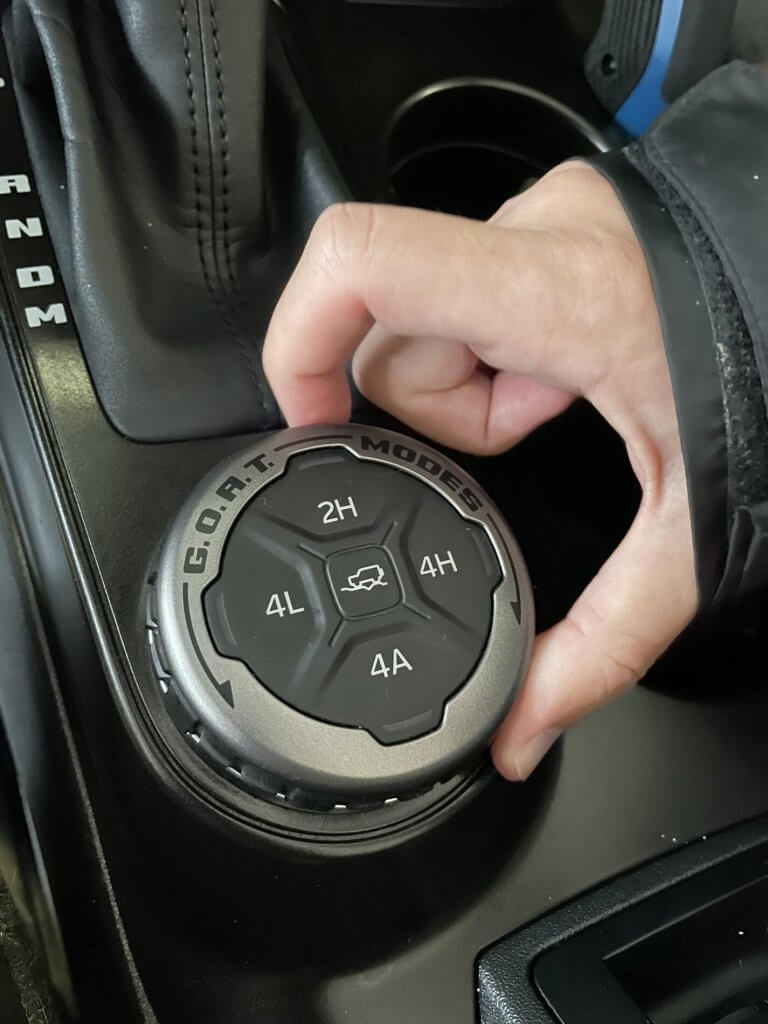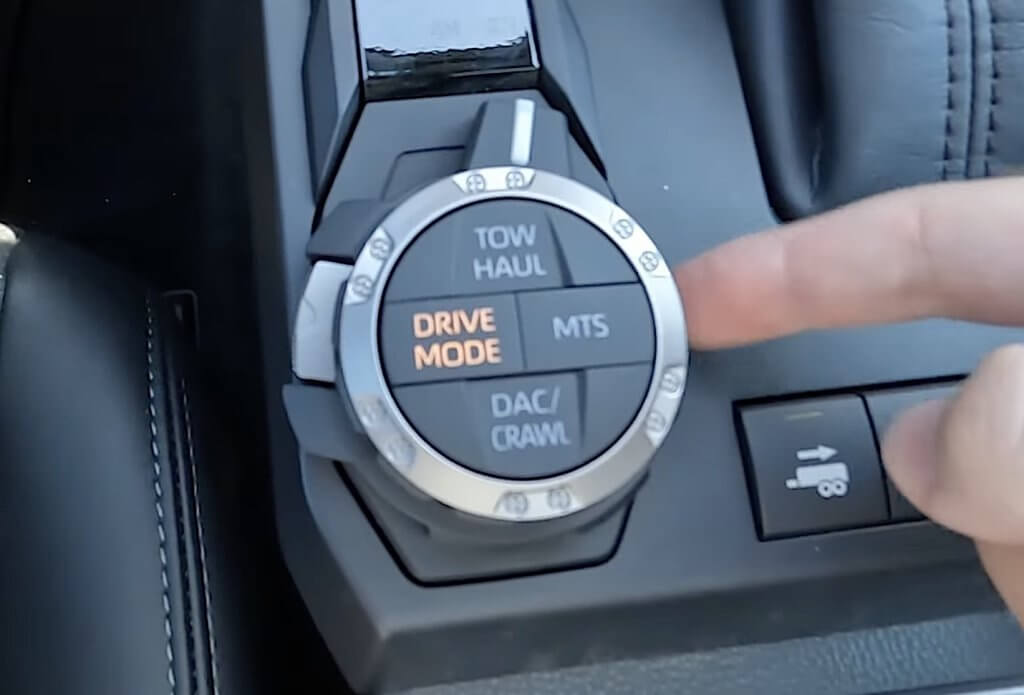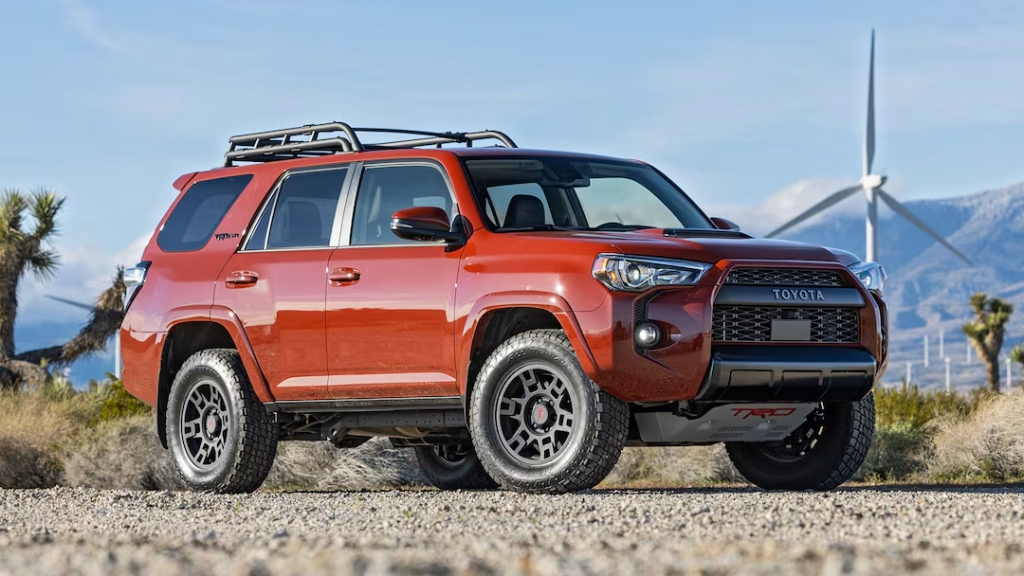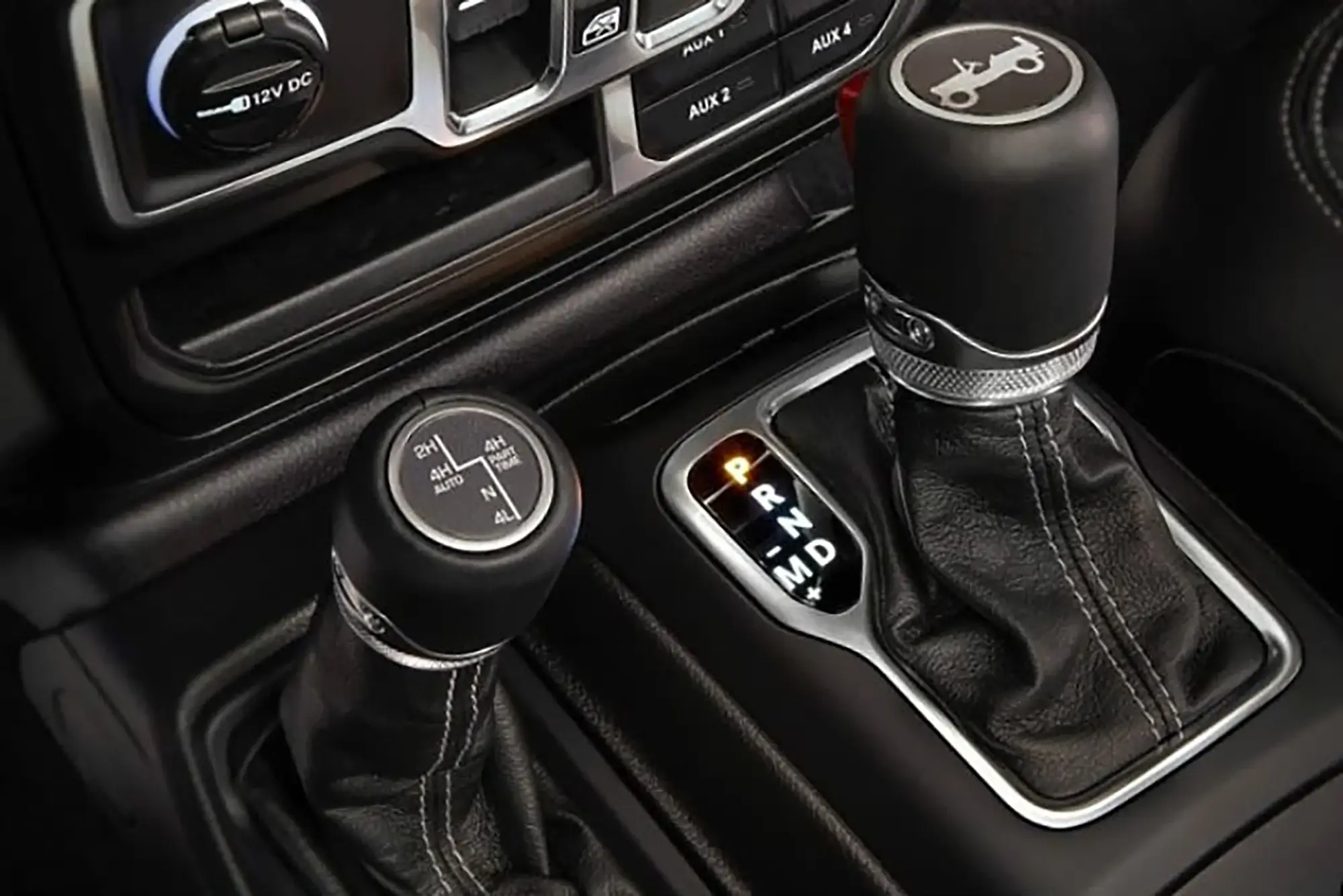A Practical Guide for Trail Use, Vehicle Longevity, and Off-Road Confidence in Virginia
Introduction
When venturing into the off-road world, one of the most misunderstood features of 4×4 vehicles is the difference between 4WD High and 4WD Low. Knowing how and when to use each can be the difference between a smooth ride and a broken axle—or worse, a recovery call deep in the backwoods.
As Virginia’s off-road community continues to grow, understanding your 4WD system is essential, whether you’re tackling rocky trails in the George Washington National Forest or navigating muddy switchbacks near Mountain Lake. VAOffRoad.org exists to help drivers make smart decisions on the trail while also preserving access and protecting the environment.
This article will demystify 4WD High and Low, cover what 4WD Auto really does, and break down mechanical vs electronic 4WD systems. We’ll also explain why AWD isn’t a suitable substitute for real off-roading, and we’ll pair that knowledge with examples from real trails on VAOffRoad.org. Whether you’re piloting a Gladiator Rubicon, a Tacoma TRD Off-Road, or a modest older 4Runner, this is essential reading before your next adventure.

What Is 4WD?
Four-wheel drive (4WD), sometimes called 4×4, refers to a drivetrain configuration that distributes power to all four wheels simultaneously. This setup provides superior traction compared to 2WD and is particularly beneficial when driving on loose surfaces like dirt, mud, snow, or sand.
There are two primary types of 4WD:
- Part-Time 4WD: Only engages the front wheels when 4WD is activated. In 2WD mode, power goes only to the rear wheels.
- Full-Time 4WD: Delivers power to all four wheels at all times but usually includes a center differential to manage rotational differences between the front and rear.
At the heart of most 4WD systems is the transfer case, a gearbox mounted behind the transmission that allows drivers to shift between 2WD, 4WD High, 4WD Low, and sometimes 4WD Auto. Depending on your vehicle, you’ll either use a manual lever or an electronic dial to control these settings.

4WD High vs 4WD Low
4WD High: The Versatile Trail Companion
4WD High (4H) is the setting most off-roaders use the majority of the time when they leave pavement behind. It’s designed for situations where extra traction is needed but you’re still driving at moderate speeds. This includes:
- Gravel roads
- Snow-covered pavement
- Sandy areas
- Fire roads
- Easy to moderate trails
Engaging 4WD High allows your vehicle to evenly distribute torque between the front and rear axles, helping prevent slippage on low-traction surfaces.
Trails like Peters Mill Run and Flagpole Knob are perfect examples of where 4WD High shines—especially when conditions are dry. You can maintain higher speeds and don’t need the extra torque multiplication that 4WD Low offers.
Pro Tip: If you feel wheel spin in 2WD but still need to maintain some speed, switch to 4WD High. Just don’t use it on dry pavement unless your vehicle has a center differential designed for it—binding the drivetrain on high-traction surfaces can lead to serious damage.
4WD Low: The Muscle Mode
4WD Low (4L) is the low-range gear setting meant for slow, technical, and steep terrain. It multiplies torque dramatically—usually in the 2.7:1 to 4:1 range—allowing for precise throttle control and engine braking. This mode should be used when:
- Navigating rocky, uneven terrain
- Driving through deep mud or snow
- Climbing or descending steep grades
- Recovering a stuck vehicle
- Crossing water obstacles
4WD Low is not for high-speed use. Most vehicles max out around 15–25 mph in this mode.
Here are some trails on VAOffRoad.org where 4WD Low is highly recommended:
- Bobblet’s Gap Trail: With steep inclines and exposed rocky sections, 4WD Low gives you controlled climbing and better traction when ascending from the Blue Ridge Parkway.
- Broad Run Jeep Trail: This rugged, under-maintained trail features tight switchbacks, erosion ruts, and large rocks. Low-range gears make navigating obstacles far safer and less stressful.
- Mountain Lake Trail: Especially after rain, this remote route near the famed Mountain Lake Lodge demands 4WD Low to handle deep ruts and steep grades safely.

Safety Note: Always come to a complete stop and shift into Neutral before engaging 4WD Low. Some vehicles require this for proper engagement.
What Is 4WD Auto?
4WD Auto (also known as “Auto 4WD”) is a relatively new feature found on many modern SUVs and trucks. It operates primarily in rear-wheel drive but monitors wheel slip in real time. When slippage is detected, it automatically engages the front wheels.
This setting is ideal for mixed conditions, such as:
- Intermittent rain or snow
- Paved roads with icy patches
- Occasional off-pavement travel (not off-roading)
However, Auto 4WD is not designed for serious trail use. The system reacts after slippage occurs—it doesn’t anticipate challenging obstacles like a locked 4WD system can.
For example:
- On trails like Union Springs, Auto 4WD may delay too long before applying power to the front wheels, resulting in lost momentum.
- On muddy climbs at Potts Mountain Jeep Trail, the reactive nature of Auto mode can lead to wheel spin and poor throttle response.
Use 4WD Auto for variable road driving, not off-roading. For serious trail work, shift into 4WD High or Low manually.

Mechanical vs Electronic 4WD Systems
Mechanical 4WD
Mechanical systems are controlled via a lever and manual locking hubs. These are found in older 4x4s and some specialty rigs (like early Land Cruisers, old-school Jeeps, and classic Toyota pickups). They offer:
- Fewer electronics to fail
- Greater long-term durability
- Full driver control
The downside? They require more know-how and effort to engage properly.
Electronic 4WD
Modern systems use a dial, push-button, or touchscreen to engage 4WD modes. This setup offers:
- Faster shifting between modes
- User-friendly interfaces
- Optional automatic terrain management systems (e.g., Sand, Rock, Mud modes)
Vehicles like the Toyota Tacoma, Ford Bronco, and Jeep Gladiator offer these conveniences. However, they also introduce a layer of electronics that can fail when wet, dusty, or overheated.
For example:
- On Bald Mountain Trail, the added moisture and unpredictable terrain can expose flaws in electronic systems, especially if a sensor fails mid-trail.
- On rainy days at Bobblet’s Gap, an older mechanical 4WD system might actually outperform a newer vehicle relying heavily on electronics.

AWD vs 4WD: A Common Misunderstanding
All-Wheel Drive (AWD)
AWD is always on and uses a center differential to divide power between the front and rear wheels. AWD systems are great for:
- Daily driving
- Light gravel roads
- Fire service roads
- Mild snow and rain
AWD vehicles—like the Subaru Outback, Honda CR-V AWD, or Toyota RAV4 Adventure—are not made for true off-road challenges. They lack:
- Low-range gearing
- Solid axles (in most cases)
- Real off-road ground clearance
- Locking differentials

4WD
4WD systems offer true off-road capability with selectable modes. You’ll find these on trucks and body-on-frame SUVs like the 4Runner, Wrangler, and Bronco.
Real-World Example
- A Subaru Outback may handle fire roads near Wolf Gap just fine in dry weather.
- But take it to the slick hill climbs of Flagpole Knob after rain, and it’s a recipe for getting stuck—or worse, sliding off a ridge.
AWD gives you confidence on unpaved roads.
4WD gives you capability on unforgiving terrain.
When to Use Each Mode on VA Trails
Let’s break down which 4WD setting to use on some of VAOffRoad.org’s most popular trails:
| Trail | Recommended Mode | Notes |
|---|---|---|
| Peters Mill Run | 4WD High | Maintained gravel; AWD okay when dry |
| Flagpole Knob | 4WD High / Low | High for most, Low if wet or rocky |
| Bobblet’s Gap Trail | 4WD Low | Steep and rocky; Low range essential |
| Broad Run Jeep Trail | 4WD High | Tight, technical terrain, water crossings |
| Mountain Lake Trail | 4WD Low | Muddy climbs; great for practice |
| Union Springs | 4WD Low | Traction varies, tough when wet |
| Bald Mountain Trail | 4WD High / Low | Depends on section and weather |
Tips for New Off-Roaders
- Know Your Vehicle
- Read your owner’s manual. Each system has quirks.
- Practice shifting in and out of 4WD before you’re on a trail.
- Engage 4WD Early
- Don’t wait until you’re stuck—by then it might be too late.
- Don’t Use 4WD on Dry Pavement
- Especially with part-time 4WD systems—it’ll cause binding.
- Slow Is Smooth, Smooth Is Fast
- 4WD Low isn’t a race mode. Use it for crawling, not cruising.
- Join a VA Off-Road Ride
- Learn in real-world conditions with experienced guides.
Conclusion
Understanding how and when to use 4WD High, Low, and Auto is one of the most empowering skills an off-roader can gain. It’s not just about performance—it’s about protecting your vehicle, staying safe, and respecting the trail.
Whether you’re climbing Bobblet’s Gap in 4WD Low or cruising along Peters Mill in 4WD High, the knowledge you bring to the wheel will shape your success. And when in doubt, VAOffRoad.org is your guide. Use our trail ratings, join our community rides, and become a steward of Virginia’s trails.
Get out there. Learn your rig. Respect the land.




No responses yet